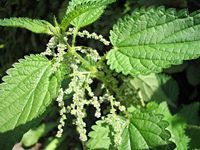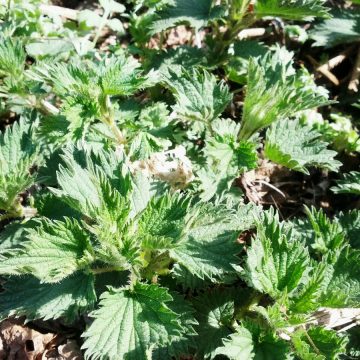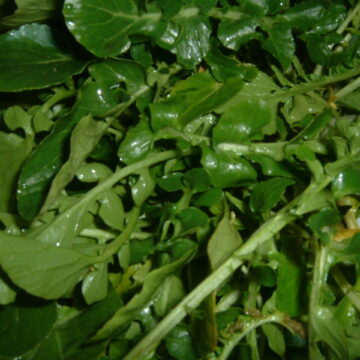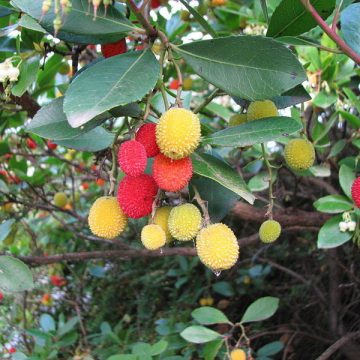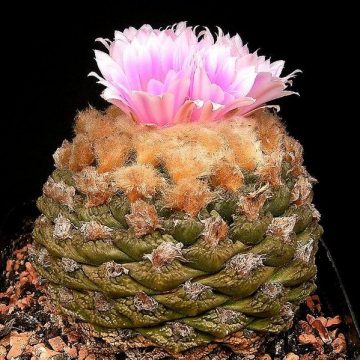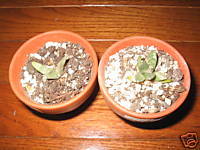Description
Stinging Nettle is a perennial that is not easily forgotten by anyone who has come across its path. As the name suggests, it inflicts an itchy sting when brushed against. The stems of the plant are covered with tiny hairs, many of them capable of injecting a chemical mixture of serotonin, acetylcholine and formic acid. It also releases histamine, which explains the itchy side effect. Most would consider the sting tolerable, although possibly quite a nuisance if inflicted unexpectedly. To some, it may even be considered a sort of novelty entertainment. Urtica dioica is only one species of nettle with similar properties. It is found in many parts of the world including North America, Europe, parts of Asia and even northern Africa. Typically standing about 3-4 feet in height, it is commonly found in moist soils near creeks and streams. Aside from the sting, nettle is actually used for food and an array of medicinal purposes. It has even been used to brew beer. Rich in vitamins A,C, D and K, as well as in iron, potassium and magnesium, the foliage is used similarly to spinach before it enters the flowering stage. After flowering, it is considered unsafe to eat though. The chemicals in the plant are neutralized by drying or cooking, and they can even be soaked in water to make handling easier. Its medicinal uses have been applied to those with congestive heart failure, rheumatism, anemia, asthma, hay fever, kidney problems and especially those with arthritis and joint problems. It is a diuretic and works to stop bleeding. It is even said to help boost testosterone and act as a hair tonic.
Growing Information: Nettle seeds require light to germinate. Choose a permanent location that is somewhat isolated because nettles can spread rather easily. Your soil should be rich, moist and in partial shade to full sun. The seeds may be started indoors and transplanted or sown directly outdoors. If using small packets, it may be best to transplant. Sow the seeds on the surface of the soil and pat down very lightly. An equal final spacing of about 12″ around is suitable for great growth. Harvest the plant down to the base in May to June before flowering begins. Gloves are needed when handling.
In purchasing, international buyers agree to assume the risk of arrival of all items. We cannot replace lost or seized items. You will be required to confirm that you agree to these terms before items can be sent.

